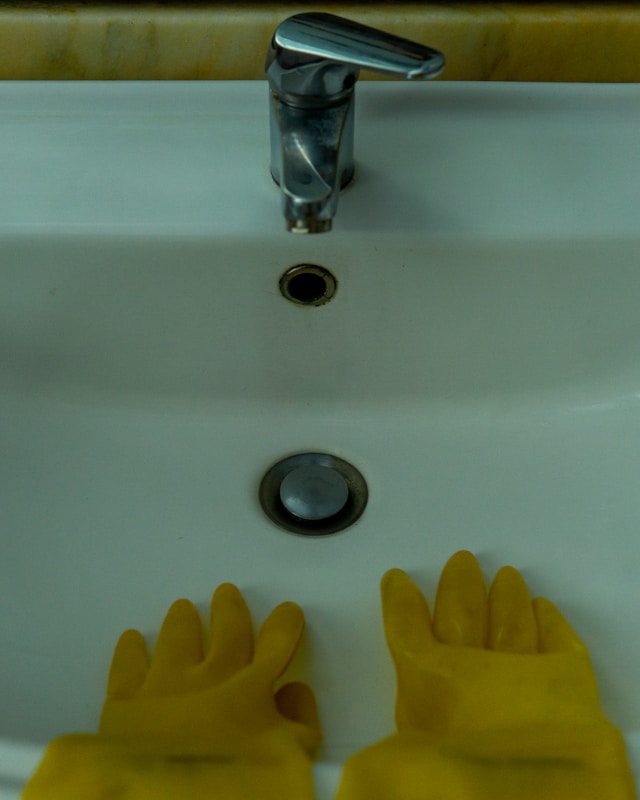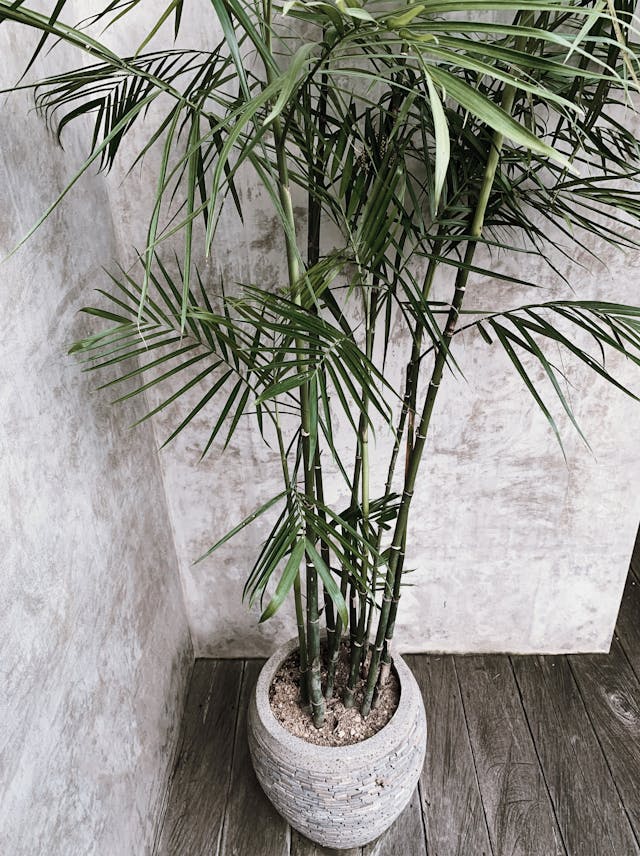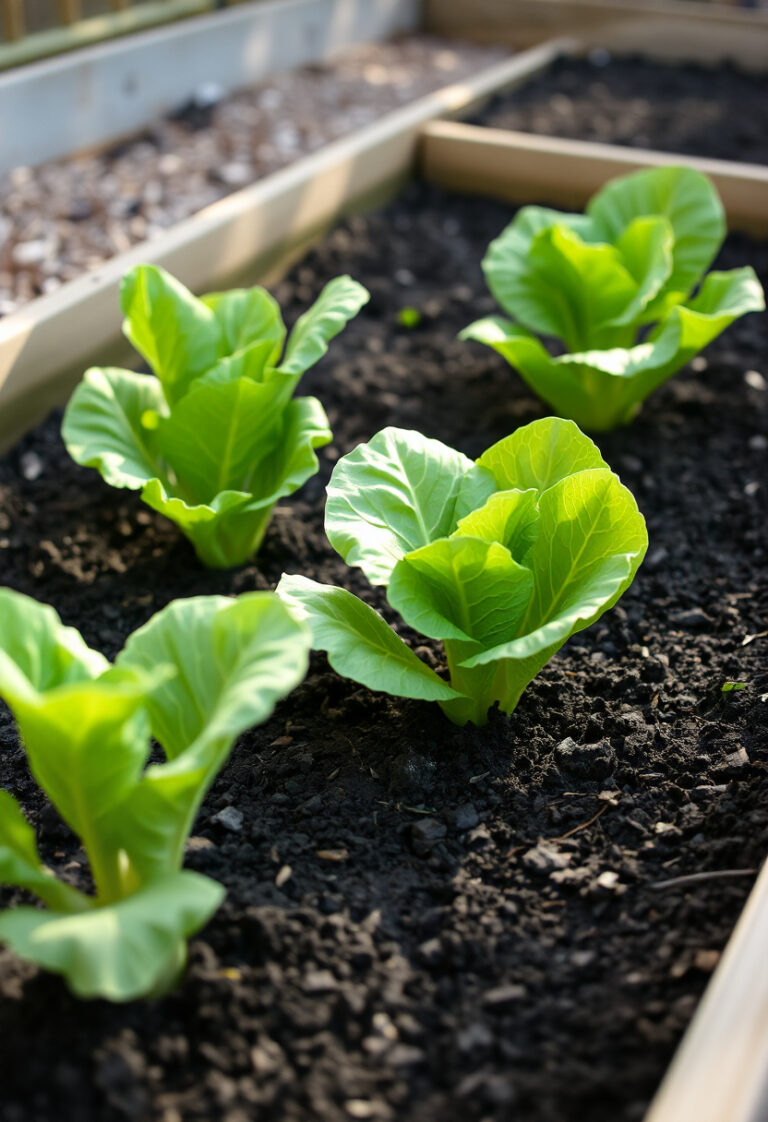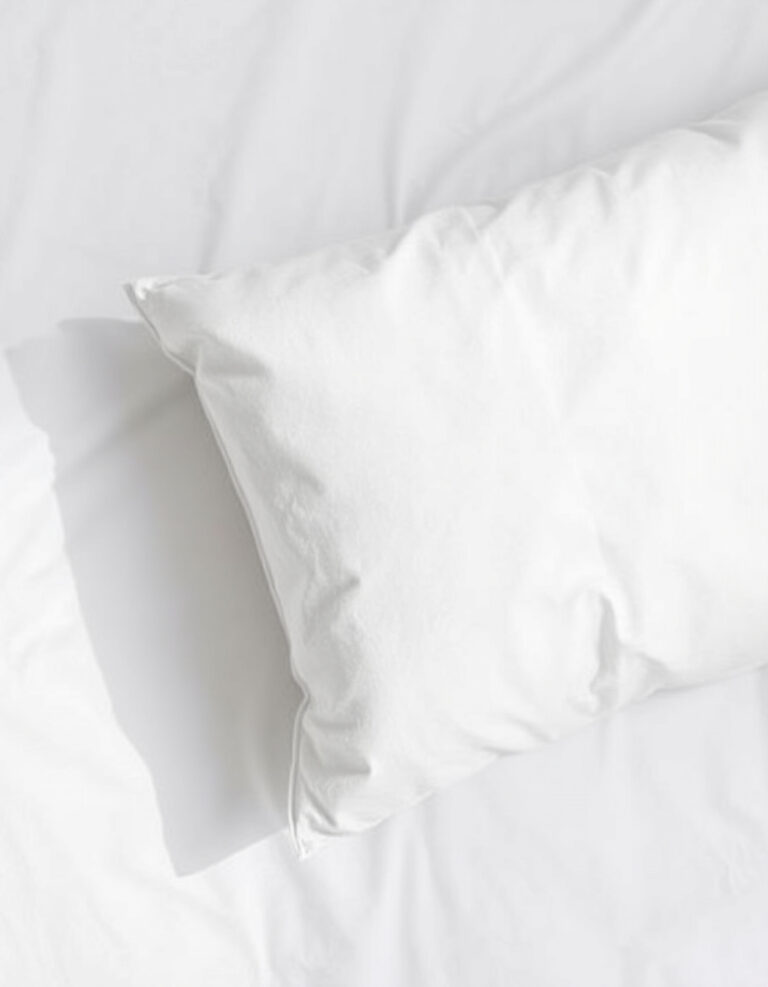Learning how to water lavender properly is crucial for maintaining healthy plants and preventing the dreaded root rot that kills so many of these beloved Mediterranean herbs. Lavender’s watering needs differ significantly from most houseplants, and understanding these requirements can help you grow thriving lavender plants both indoors and outdoors.
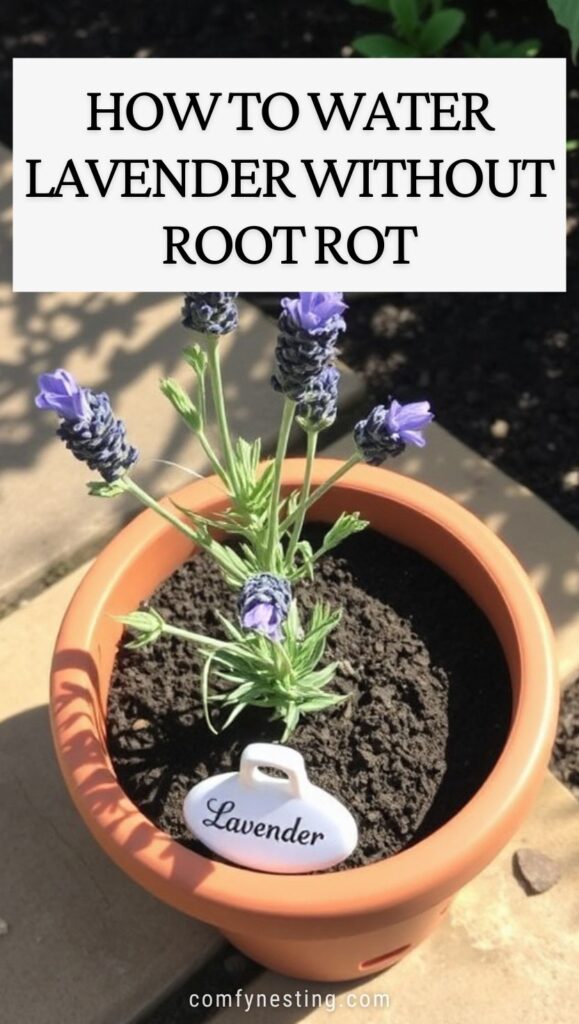
Understanding Lavender’s Water Requirements
Lavender originates from the Mediterranean region where it thrives in dry, well-draining conditions. Overwatering is the number one killer of lavender plants, making proper watering technique essential for success. These drought-tolerant plants prefer infrequent, deep watering rather than frequent shallow watering.
The key to successful lavender care lies in mimicking its natural habitat. In the wild, lavender receives most of its water during winter months, with dry summers that allow the soil to drain completely between watering sessions.
Signs Your Lavender Needs Water
Before learning how to water lavender, you must recognize when your plant actually needs water. Unlike many houseplants, lavender doesn’t require constant moisture.
Check these indicators:
- Soil feels completely dry 2-3 inches below the surface
- Leaves begin to look slightly wilted or grayish
- The plant feels lighter when lifted (for potted lavender)
- Soil pulls away from pot edges
Never water based on a schedule alone. Environmental factors like humidity, temperature, and season all affect how quickly lavender uses water.
The Proper Watering Technique
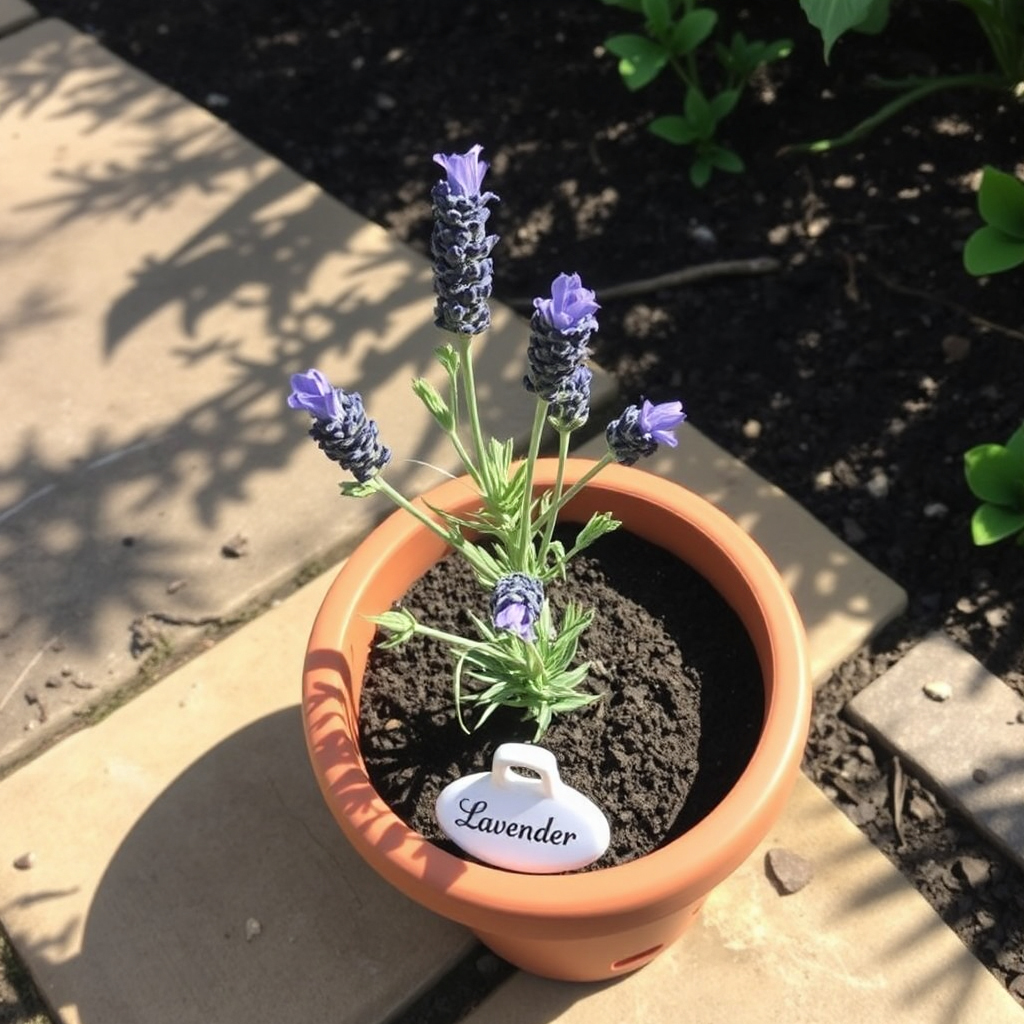
When you determine your lavender needs water, follow these steps for optimal results:
Water deeply but infrequently. Apply water slowly at the base of the plant, allowing it to penetrate the root zone thoroughly. Avoid getting water on the foliage, as wet leaves can promote fungal diseases.
Use the soak and dry method. Water until you see drainage from the bottom of containers, then allow the soil to dry completely before the next watering session. This technique encourages deep root growth and prevents surface root development.
Time your watering appropriately. Water early morning to allow excess moisture to evaporate during the day. Evening watering can leave plants vulnerable to fungal issues overnight.
Soil Requirements for Proper Drainage
Understanding how to water lavender correctly starts with proper soil preparation. Lavender requires fast-draining soil that doesn’t retain excess moisture.
For outdoor lavender:
- Amend heavy clay soils with coarse sand, perlite, or small gravel
- Create raised beds or mounds to improve drainage
- Add only small amounts of well-decomposed compost, and avoid moisture-retaining materials like peat or coir.
For container lavender:
- Use commercial cactus or succulent potting mix
- Add extra perlite or pumice for improved drainage
- Ensure pots have adequate drainage holes
Poor drainage is the primary cause of root rot in lavender plants. Well-draining soil is non-negotiable for healthy lavender growth.
Seasonal Watering Adjustments
Lavender’s water needs change throughout the growing season, and adjusting your watering schedule accordingly is essential.
Spring watering: As new growth emerges, gradually increase watering frequency. Young shoots need consistent moisture to establish, but avoid overwatering.
Summer watering: Established lavender requires minimal water during hot months. Water deeply once every 7-14 days depending on rainfall and temperature.
Fall preparation: Reduce watering frequency as temperatures drop and growth slows. This helps plants prepare for dormancy.
Winter care: In most climates, natural rainfall provides sufficient moisture. Avoid watering dormant lavender unless experiencing extended dry periods.
Preventing Root Rot
Root rot occurs when lavender roots sit in waterlogged soil for extended periods. Prevention is much easier than treatment, making proper watering technique crucial.
Key prevention strategies:
- Never allow lavender to sit in standing water
- Use containers with drainage holes and saucers that can be emptied
- Improve soil drainage before planting
- Space plants adequately for air circulation
- Avoid mulching directly against plant stems
Early root rot symptoms include:
- Yellowing or browning leaves
- Wilting despite moist soil
- Soft, mushy stems
- Foul odor from soil
If you notice these signs, immediately reduce watering and improve drainage conditions.
Container vs. Ground Lavender Watering
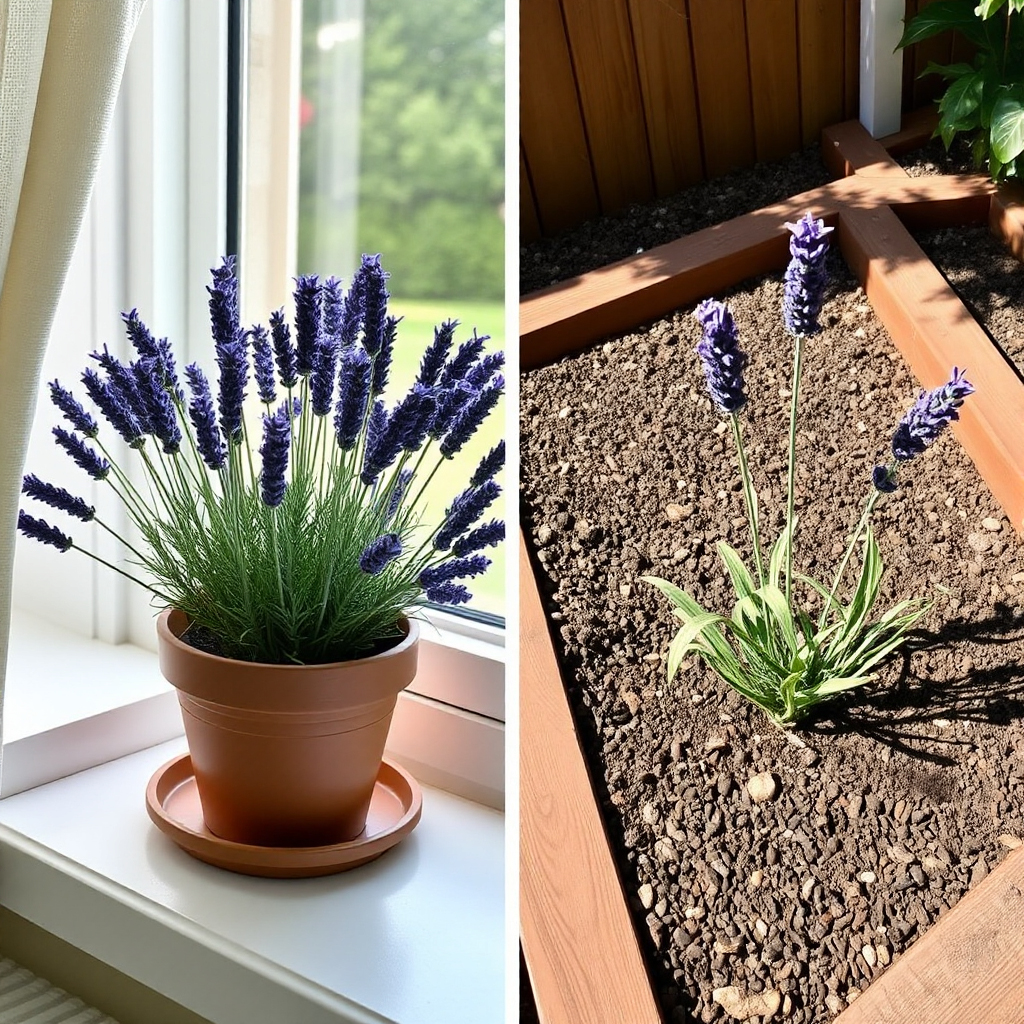
The watering approach differs between container-grown and ground-planted lavender.
Container lavender requires more frequent monitoring since pots dry out faster than ground soil. However, containers also pose higher risk for waterlogging if drainage is inadequate.
Ground-planted lavender typically needs less frequent watering once established, but initial establishment requires consistent moisture until roots develop.
Newly planted lavender of any type needs regular watering for the first few weeks while roots establish in their new location.
Watering Mistakes to Avoid
Many gardeners make these critical errors when learning how to water lavender:
Watering too frequently: Lavender doesn’t need daily watering like many houseplants. Weekly or bi-weekly watering is typically sufficient.
Using automatic sprinkler systems: Overhead watering can promote fungal diseases and doesn’t allow for proper soil drying between sessions.
Ignoring drainage: Poor drainage can cause problems regardless of watering frequency.
Seasonal mistakes: Continuing summer watering schedules into fall and winter can cause root rot.
Troubleshooting Watering Issues
When watering problems arise, quick identification and correction are essential.
Overwatered lavender symptoms:
- Yellow or brown leaves
- Soft, mushy stems
- Stunted growth
- Fungal growth on soil surface
Treatment: Stop watering immediately, improve drainage, and remove affected plant parts.
Underwatered lavender symptoms:
- Wilted, grayish leaves
- Dry, brittle stems
- Slow growth
- Premature flower drop
Treatment: Water deeply and adjust watering schedule.
Environmental Factors Affecting Watering
Several environmental conditions influence how to water lavender effectively:
Humidity levels: High humidity areas require less frequent watering, while dry climates may need more regular water applications.
Temperature fluctuations: Hot weather increases water needs, while cool temperatures reduce them.
Wind exposure: Windy locations dry out soil faster, requiring more frequent watering.
Soil type: Sandy soils drain quickly and need more frequent watering than clay soils.
Advanced Watering Tips
For experienced gardeners wanting to optimize their lavender care:
Use moisture meters to accurately assess soil moisture levels rather than relying on surface appearance.
Consider drip irrigation for multiple lavender plants, providing consistent, controlled watering.
Collect rainwater for watering, as lavender prefers slightly acidic water over alkaline tap water.
Group plants with similar water needs to simplify care routines.
Questions & Answers
How often should I water my lavender plant?
Water lavender deeply but infrequently, typically once every 7-14 days during growing season. Check soil moisture 2-3 inches below the surface before watering. Established plants may need water less frequently, while newly planted lavender requires more consistent moisture during establishment.
Can you overwater lavender?
Yes, overwatering is the most common cause of lavender plant death. Lavender is drought-tolerant and prefers dry conditions between watering sessions. Overwatering leads to root rot, yellowing leaves, and plant decline. Always ensure soil dries completely between waterings.
Should I water lavender from the top or bottom?
Water lavender at the base of the plant rather than from overhead. Bottom watering or watering at soil level prevents water from sitting on leaves, which can cause fungal diseases. Apply water slowly and deeply to encourage proper root development.
How do I know if my lavender has root rot?
Signs of root rot include yellowing or browning leaves, wilting despite moist soil, soft mushy stems, and foul-smelling soil. If you suspect root rot, immediately stop watering, improve drainage, and remove affected plant parts. Prevention through proper watering is much easier than treatment.
Do lavender plants need water in winter?
Dormant lavender requires minimal water during winter months. In most climates, natural rainfall provides sufficient moisture. Only water during extended dry periods, and always ensure excellent drainage to prevent root rot during cold, wet conditions.
What type of soil is best for lavender drainage?
Lavender needs fast-draining soil that doesn’t retain excess moisture. Use commercial cactus or succulent mix for containers, or amend garden soil with coarse sand, perlite, or gravel. Avoid heavy clay soils or organic matter that retains water.
Can I use tap water for my lavender plants?
Most tap water works fine for lavender, but avoid water that’s extremely hard or chlorinated. If possible, use rainwater or allow tap water to sit overnight before using.
How long does it take for overwatered lavender to recover?
Recovery time depends on the severity of overwatering damage. Mildly overwatered plants may recover in 2-4 weeks with proper care adjustments. Severely damaged plants with root rot may take months to recover or may not survive. Immediate drainage improvement and stopping all watering is essential.

